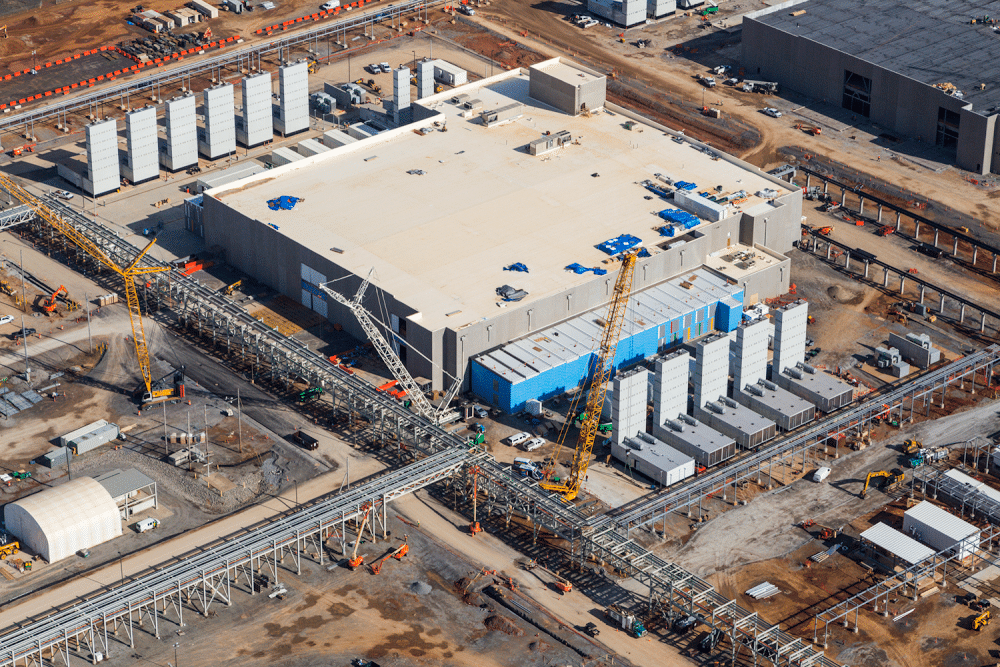When we at pv magazine reported two months ago about Facebook’s decision to build 377 MW of solar in Alabama and Tennessee, we were blown away. These projects were unprecedented, and the 227 MW Alabama plant will represented a nearly 100% increase in that state’s total installed capacity. But the most important thing to come of those projects may have been the precedent set.
Now there’s a new kid on the block, as Google has announced its own plans to construct a series of solar power plants in Tennessee and Alabama, totaling 413 MW. The largest of these projects, which will be located in Hollywood, Alabama and Yum Yum, Tennessee will each feature 150 MW of capacity.
Quickly, I’d like to thank Google for choosing to develop in the most hilariously-named towns in the area, which Google has seemed to recognize, thanking “The solar stardom of Hollywood, Alabama and the carbon-free flavors of Yum Yum, Tennessee.”
The projects will be developed by NextEra Energy Resources and Invenergy, in collaboration with the Tennessee Valley Authority (TVA).
These will be the largest projects ever to be built for Google, and the electricity generated by these projects will ensure that the energy consumed by Google data centers in Tennessee and Alabama will be matched with 100 percent renewable energy. Google’s ultimate goal, as was highlighted in a blog post from October 10, is to match 100 percent of the company’s annual electricity consumption with renewable energy purchases.
The net total of Google and Facebook’s actions are a development boom. If you had said last year that Alabama and Tennessee were on track to add 790 MW over just two development announcements, you’d have been accused of blasphemy. That’s because to date, Tennessee has an entire installed solar capacity of 257 MW and Alabama is just behind at 252 MW, according to SEIA. These two announcements by Facebook and Google, when combined, represent at least 117% of Tennessee’s and 150% of Alabama’s total installed capacities. And this doesn’t count the leftover 113 MW worth of smaller projects in Google’s plan, as we aren’t clear how they will be divvied among the two states.
Something to look out for in the future will be whether or not Tennessee and Alabama follow in Arizona’s footsteps, meaning pushing the market in the direction of massive utility-scale projects while limiting the growth of distributed solar. This looks to be the case early, as distributed solar makes up a forgettably marginal portion of both states’ installed capacity thus far.
While project details are scarce at this point, Google has stated that the projects will utilize 1.6 million solar panels and create hundreds of jobs in the region. In addition to the job creation, the projects will generate millions of dollars in economic activity and tax revenue. pv magazine USA will provide updates as new details become available.
This content is protected by copyright and may not be reused. If you want to cooperate with us and would like to reuse some of our content, please contact: editors@pv-magazine.com.









Keep it up Google! The committment to solar throughout the country is excellent.